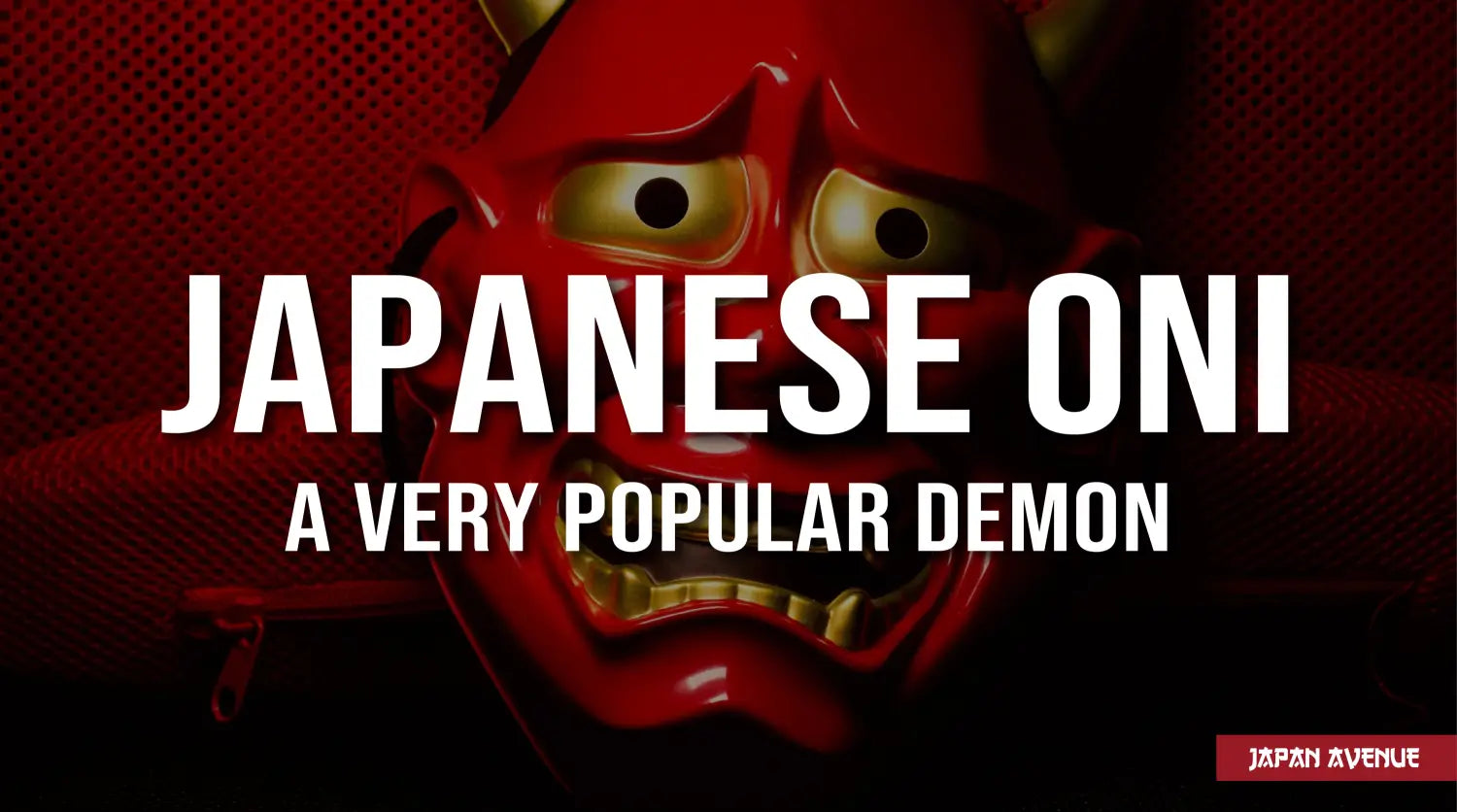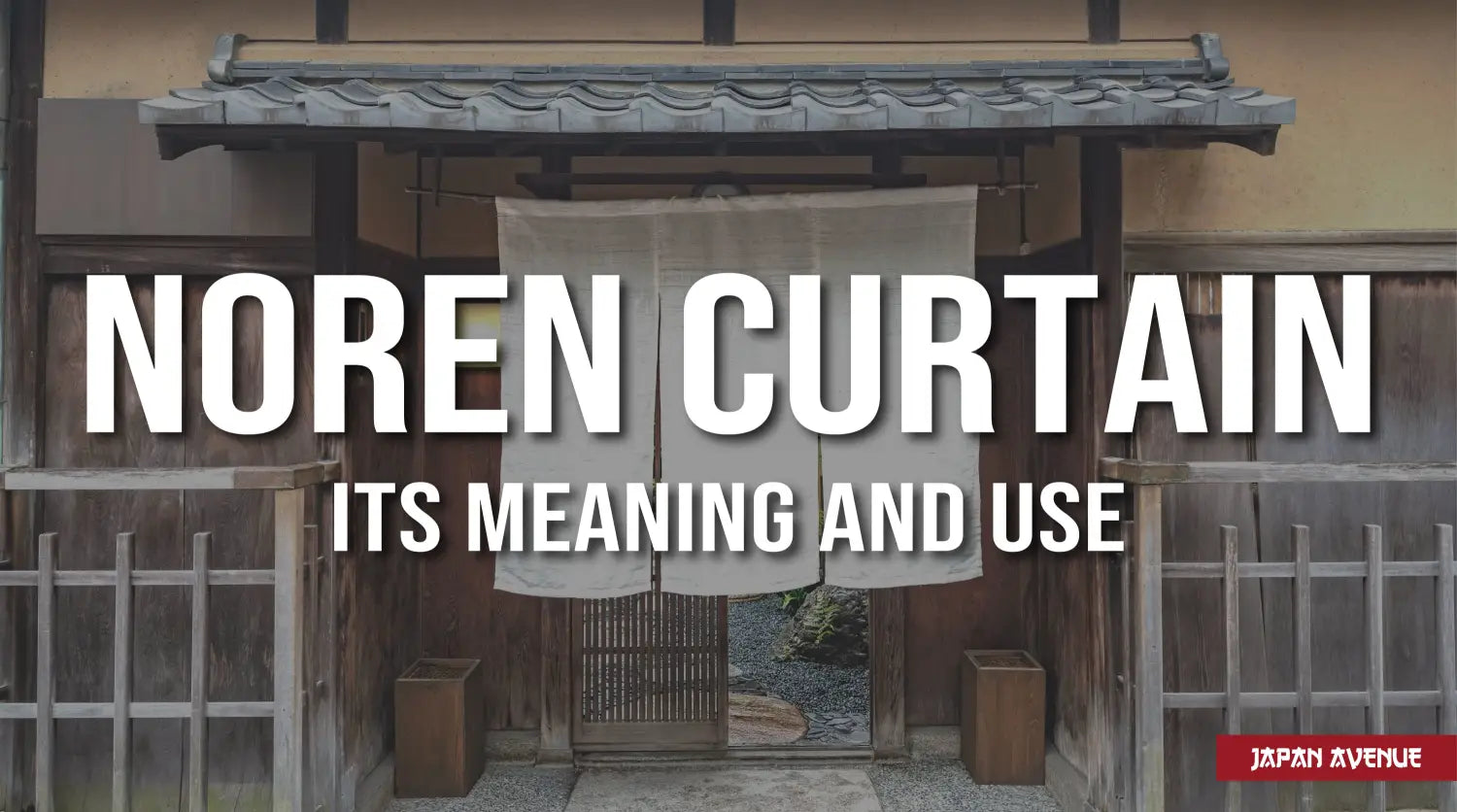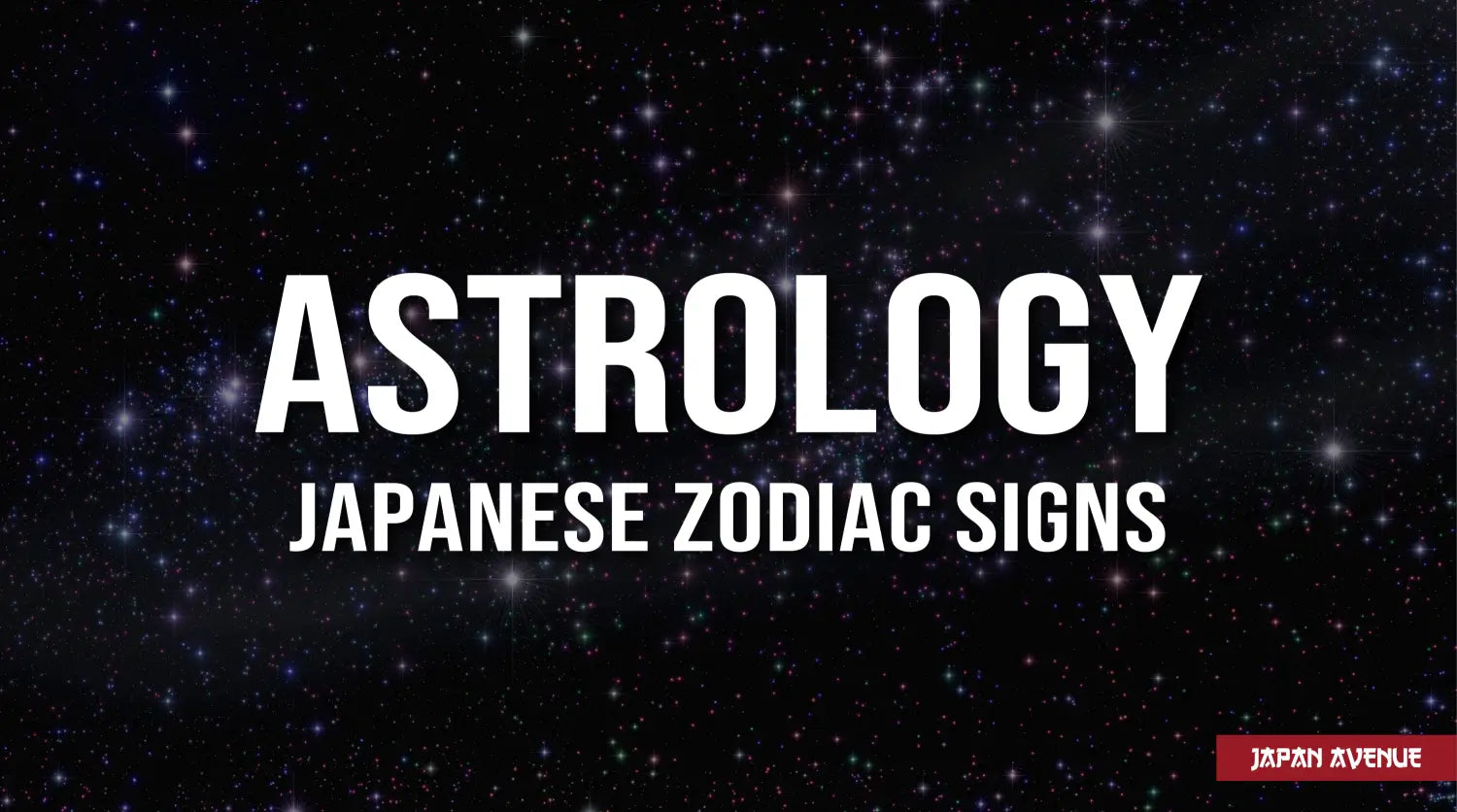Did you know that Japan is populated by supernatural creatures, also known as yokai? Among them, the Japanese oni is a very popular demon in Japanese folklore. But, what is hidden behind this evil spirit? Let's focus on this absolutely terrifying character.
👿 Oni, the demon of Japanese mythology
Japanese mythology is full of extraordinary creatures, each one being stranger than the other. The Japanese oni demon is no exception.
Ogre or devil ? Description of the Oni
With its giant size, its frightening look, its brightly colored skin and its sharp teeth, the oni looks quite like an ogre or a troll. It has a humanoid form and animal attributes: two horns, long claws and sometimes boar's tusks. However, its appearance varies according to the region. He can be red, blue or green, dressed in a tiger skin loincloth or sometimes in traditional clothes, according to the legends. This Japanese devil is a polymorphous creature and can change his form to fool human beings. In Japanese arts, such as paintings or prints, he is often represented with a kanabo, a kind of club with iron spikes to better torture his victims.

Enma-daio. Source: Yokai.com
Endowed with supernatural strength, and a thirst for inflicting suffering, the oni is a demonic yokai that has been terrifying human beings for over a thousand years. In Buddhist representations, hell is populated by numerous onis that torture humans. Moreover, it is said that when a malevolent human being dies, his spirit is reincarnated as a demon oni in order to serve Enma-daio, king of the Buddhist hell (Jigoku). After staying in the world of darkness, the oni then returns to Earth to torment and devour humans. However, there are exceptions, as nature is such: some onis would be kind and would protect kamis or people.
Origins and Buddhism
The word "Oni" (鬼) refers to ghost or spirit in Japanese. Originally, it seems that this term was used to describe all invisible entities without distinction before it came to refer to the demon oni.
In the oldest legends, the oni were great benevolent spirits who lived in Japanese mountains and protected humans from evil forces. Integrated into Buddhism, their reputation deteriorated over time and the oni became the monster that we know today, eager for cruelty. He then took on the appearance of Chinese demons. The latter look like the rakshasas of the Hindu mythology.
🔥 The Oni demon and its meanings
The Japanese oni represents bad luck and violence in Japanese culture. In art and literature, he attracts destruction, plagues and disease around him. It is also associated with the northeast direction (kimon) which is the source of all misfortune in Japan. This orientation corresponds to the tiger ox in the Chinese zodiac. This is why the oni is illustrated with horns, claws or a tiger skin.
Paradoxically, the Japanese demon is also a figure of protection and good fortune.
Meaning of the Oni mask
During the traditional Setsubun festival, many Japanese people can be found wearing the oni mask. This mask is said to have the power to ward off evil spirits and to attract good luck. This is also the reason why some shrines are decorated with oni heads. In No theater, the Japanese demon is a recurring protagonist. Actors wear a traditional oni mask with an angry expression to play demonic characters.
Meaning of the Oni tattoo
Mythological figures are quite common in the world of tattoos both for their appearance and their meaning. Some express the darkness and the dark side of the personality while others would be rather synonymous of protection and justice. Did you know that the oni was originally a sign of recognition for the Japanese mafia? Indeed, many yakuza wore oni tattoos as a reminder of the respect of the code of honor.
👺 The place of the oni in Japanese culture
The oni is a popular figure in Japanese folklore. Some traditional festivals are dedicated to him. Also, he frequently appears in Japanese manga, video games and anime.

Setsubun matsuri. Source: Manga-fan.org
Festivals and ceremonies dedicated to the Japanese Oni
The Japanese demon is often a part of traditional Japanese festivals. In addition to local myths and legends, Japanese demons have an important place in arts such as Japanese theater and folk dances.
Onidaiko is a festival originating from the island of Sado where onis dance to the rhythm of drums. It is an ancient ritual intended to repel evil spirits and bring luck to the inhabitants.
As we mentioned earlier, the Japanese oni is also the star of Setsubun, a matsuri that announces the arrival of spring according to the lunar calendar. This popular festival chases away demons while welcoming happiness into one' s home. On this day, fathers dress up as oni and children throw beans while saying "Oni wa soto! Fuku wa uchi!" - Out with the demons! Happiness inside -, according to the mame maki ritual. Of course, you will find plenty of oni masks and soybeans in kombini at this time of year.
The Japanese demon in pop culture
Oni are so much part of Japanese culture that we see them in manga all the time. In Demon Slayer, they are the main antagonists. Similarly, the plot of the shojo Ao no Fuuin revolves around this emblematic Japanese figure.
The monster also appears in many video games such as Super Street Fighter and under the name of Akuma in Tekken. If the Mortal Kombat franchise refers to the Japanese oni, it does not fail to figure in the game Dungeons and Dragons either.
Momotaro is a very famous tale in the Land of the Rising Sun that tells the story of a young man born in a peach, sent to fight the demons of the island Onigashima. It is possible that the legend goes back to the Antiquity and that the oni is in fact a metaphor for the clans that refused to submit to the emperor Korei. The reference to Momotaro often appears in manga and anime.
Actually, the Japanese oni is not just a simple yokai. More than a spirit, it would be in some way a materialization of the dark side of human beings. How about you, what is your theory?



